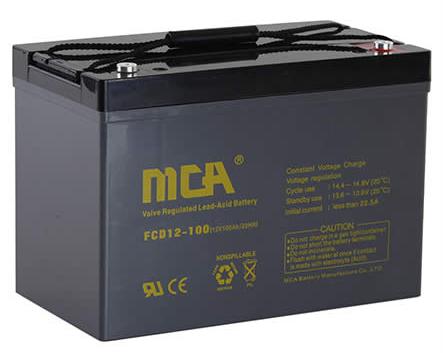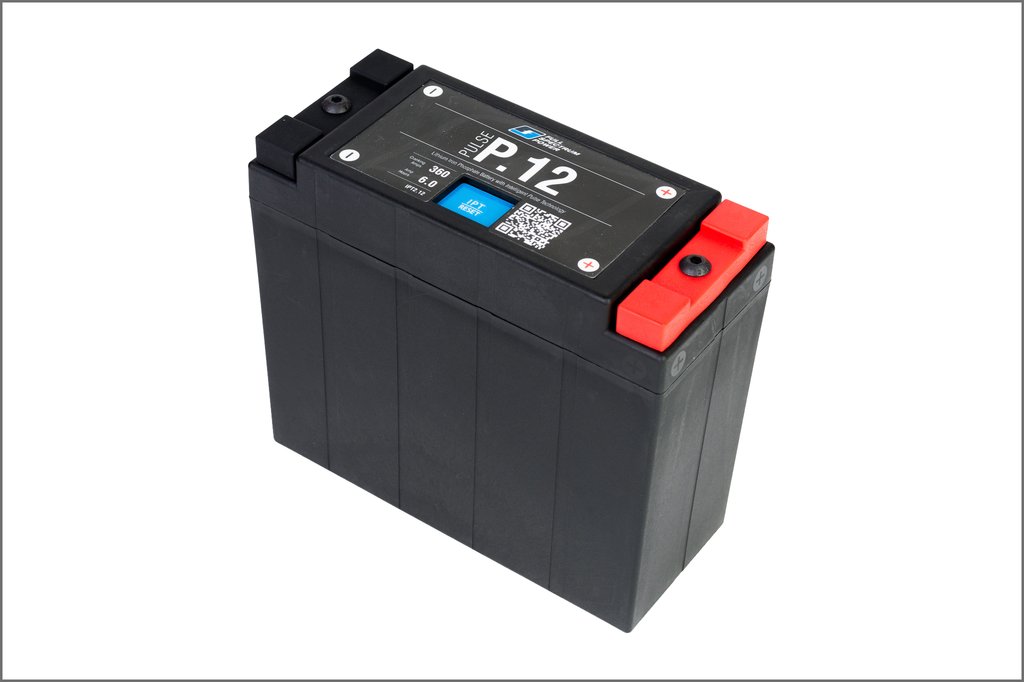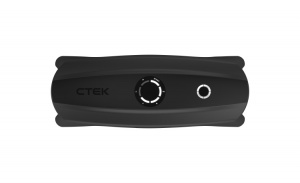Lead Acid

Lead Acid, Lead Antimony, Maintenance Free, Sealed Lead Acid, AGM (Absorbed Glass Matt), EFB (Enhanced Flooded Battery), Calcium, Calcium / Calcium, Gel - these are all batteries that contain lead and acid and form a class of battery referred to lead acid batteries. Another example of a class might be Lithium batteries and all their variants including Button Batteries which we have all used for years.
Each of these battery variations has been designed for a specific application and or purpose. But many instances we can take advantage of these characteristics, this is why you end up with batteries being used for starting applications even if they were primarily designed for Ah storage bank applications like a large house bank of batteries in a boat or motor home.
Lithium

Lithium Ion class includes Lithium Polymer, Lithium Iron (not to be confused with Lithium-Ion) also known by its chemical makeup which is LiFePO4 (pronounced Life Pe Oh Four), Lithium Cobalt, Lithium Maganese and many other variations, as stated above including Button batteries which we have been using for years, interestingly button batteries can't be recharged and are quite different from rechargeable batteries. Batteries that can't be recharged are referred to as Primary Cells. Rechargeable batteries are called Secondary Batteries, batteries with different chemistries can have quite different voltage requirements so keep in mind not all types of batteries can be charged with a charger and that matching the output voltage is essential.
Fundamentally Lithium charges almost opposite of Lead Acid which is why you can't use lead-acid chargers on Lithium batteries despite what some lithium battery resellers say. Lithium has a lower internal resistance as it nears full capacity meaning it will keep absorbing more energy at a time when the current should be slowing down, voltage should also be reduced using the smart modes of the charger but these only change as current reduces and those triggers/measurements aren't there when using a lead-acid charger on Lithium batteries. So the end result is overcharged batteries or much worse.
CTEK have one specific Lithium Charger for LiFePO4 called the Lithium XS, it's a 12V, 5A charger with a Lithium specific charge profile. The voltages differ from the lead-acid but more importantly the current is delivered at different times, at different percentages and for shorter periods of time to not cause issues. Other models that include a lithium charging profile are all part of the Professional Series, the Pro 60 and Pro 120 Workshop chargers the smaller PRO25S/M25 & PRO15S/M15.
Maintenance Charging
The term maintenance charging comes from being able to maintain a battery that has already been charged back to 100% state of charge. A battery in storage will lose voltage/capacity over a month (actual loss differs depending on type of battery & storage temperature) so a maintenance charge is needed to replace these losses. In a wider scope a maintenance charger can be used to replace the top 20% of a batteries capacity because that's what a float charge on a battery charger is doing (replacing the top 20% of energy slowly over a 6 or more hour period and therefore doesn't need to be more than a few amps - (few amps) X 6 hours = (more than the 20% energy required).
A float charge will require approx 5% of the batteries AH capacity so a 5A charger can maintenance charge a 100AH battery but it can't maintenance charge a 200AH battery this is also done at a lower voltage (typically 13.X volts which takes more time than a higher voltage to charge). But that's not a problem seeing 80% of the batteries energy has already been replaced. All CTEK chargers have a maintenance profile which goes one step further than explained above. Once the charger has returned voltage to 12.8V (AGM mode) and its monitored this for 10 days it effectively turns off DC power, but uses mains power to keep monitoring the battery. This saves even more power and some manufacturers coin this as eco-friendly mode.

